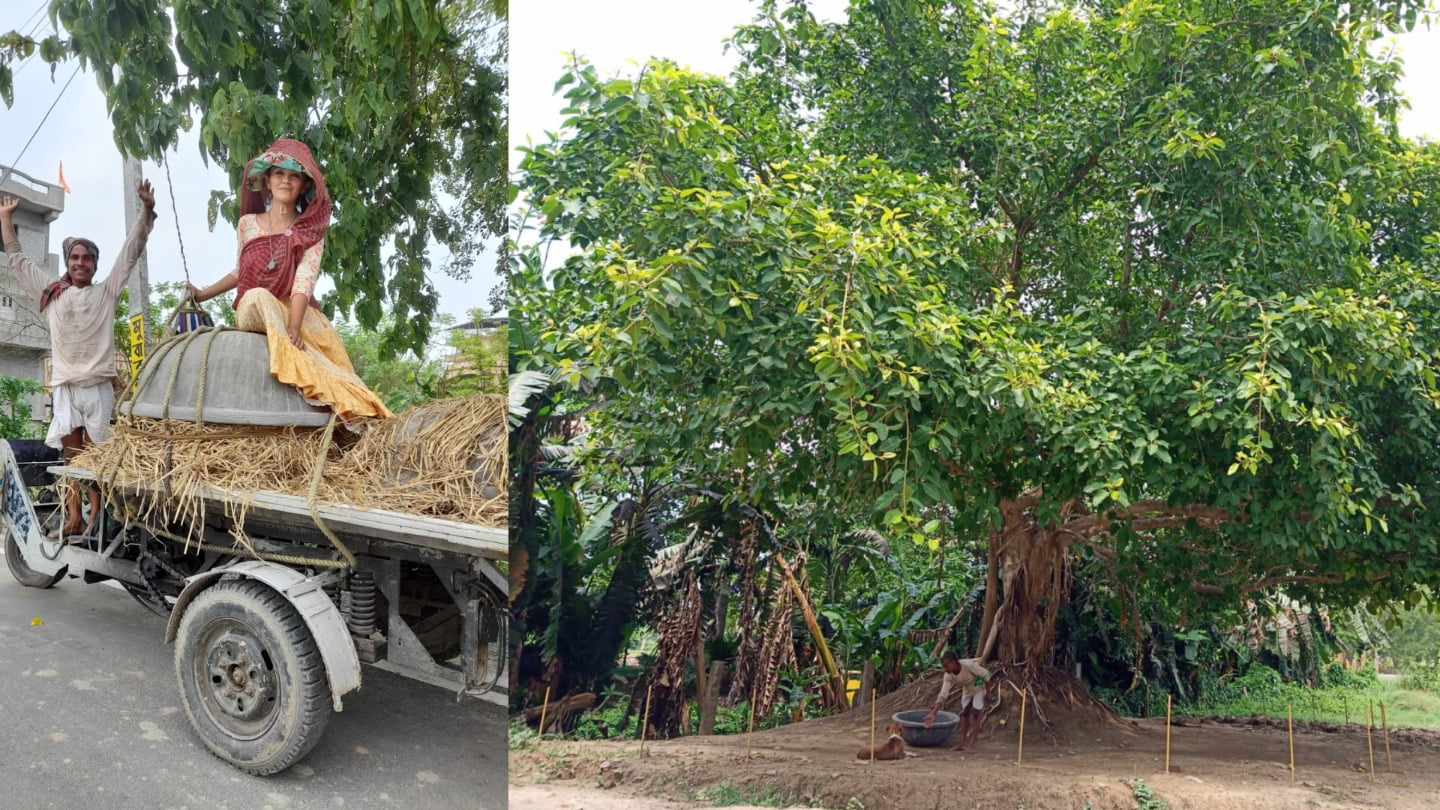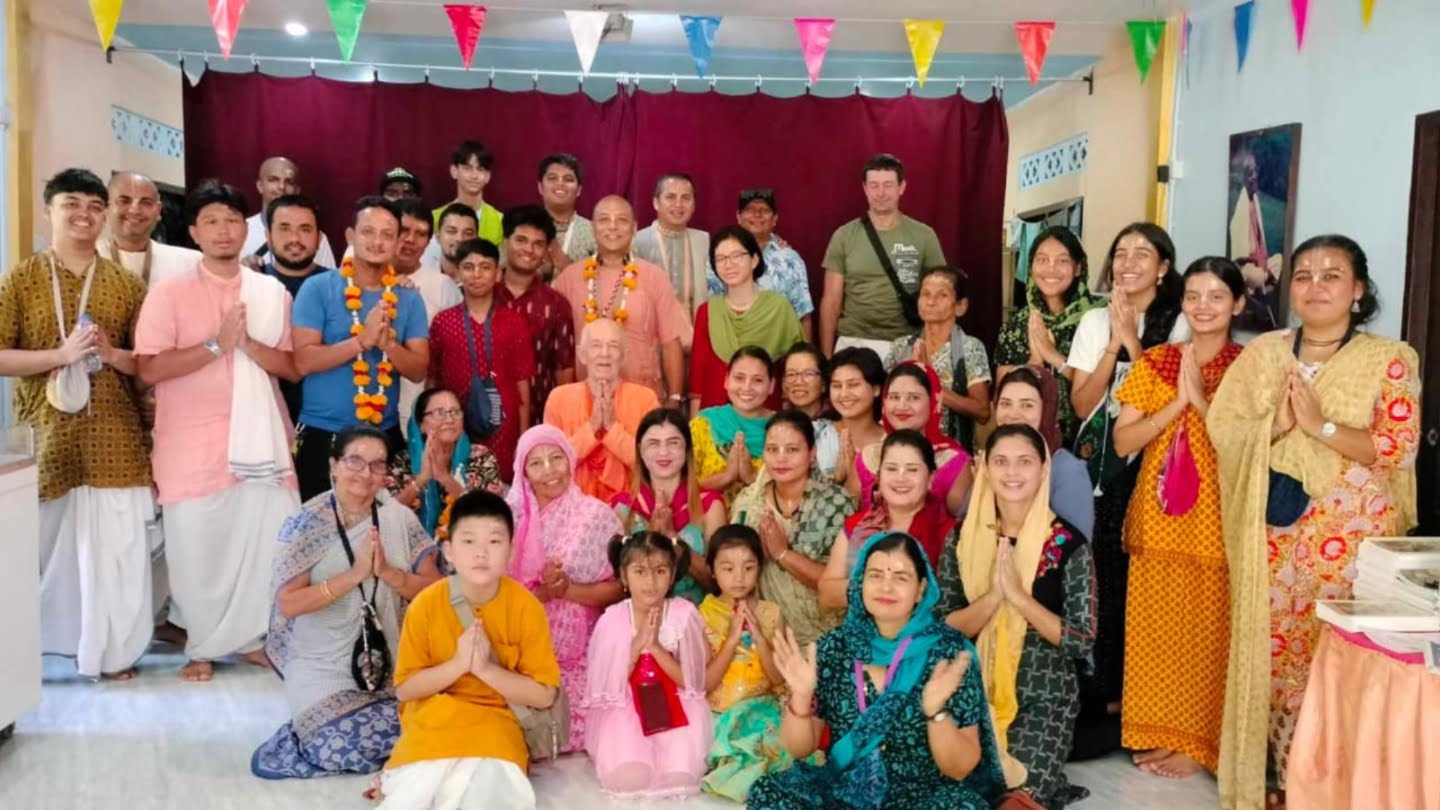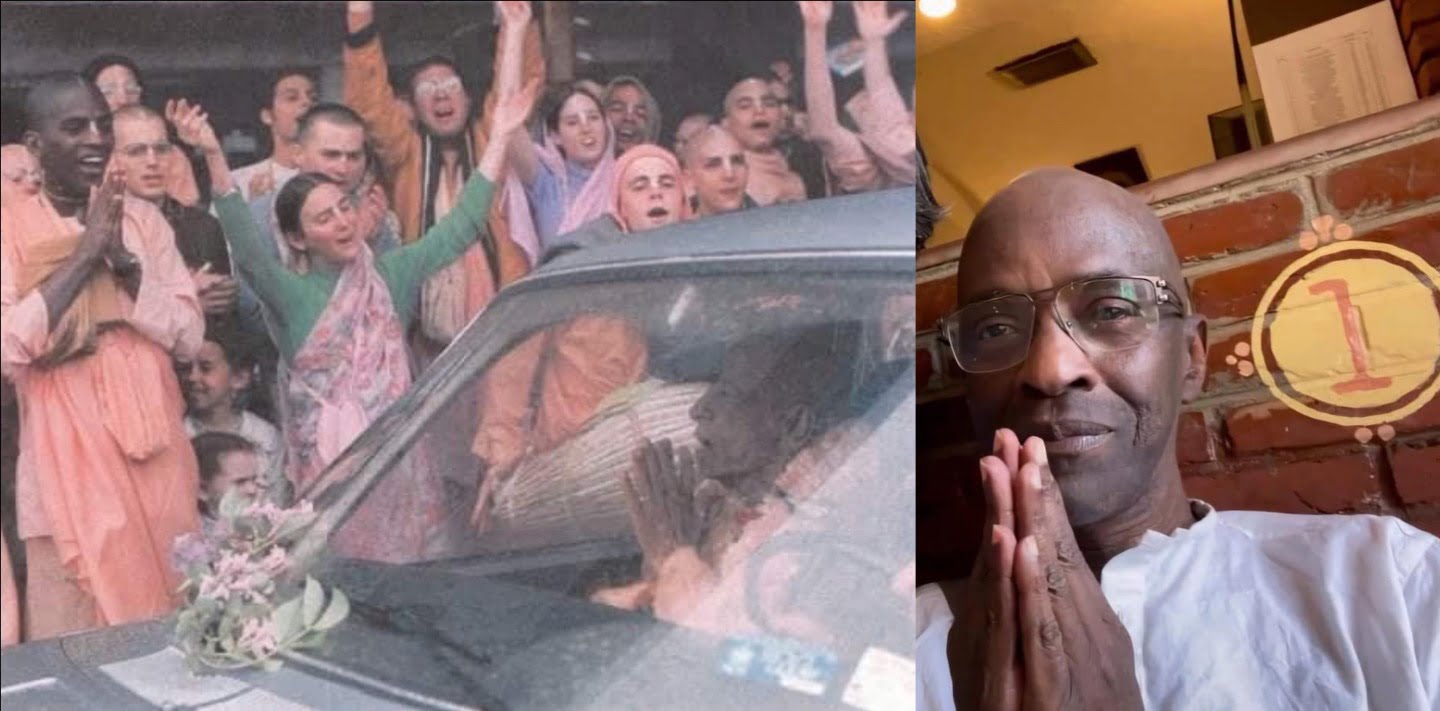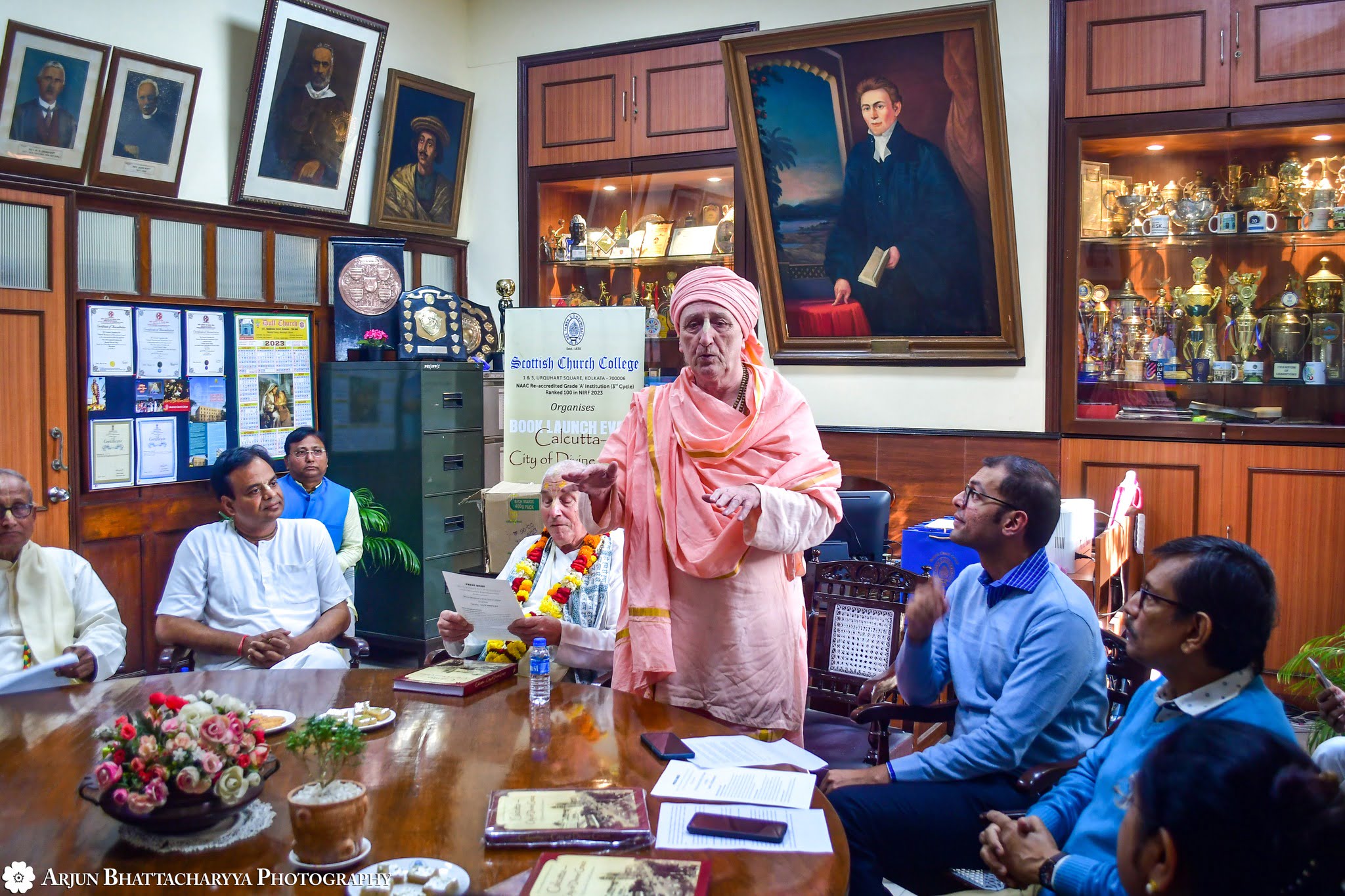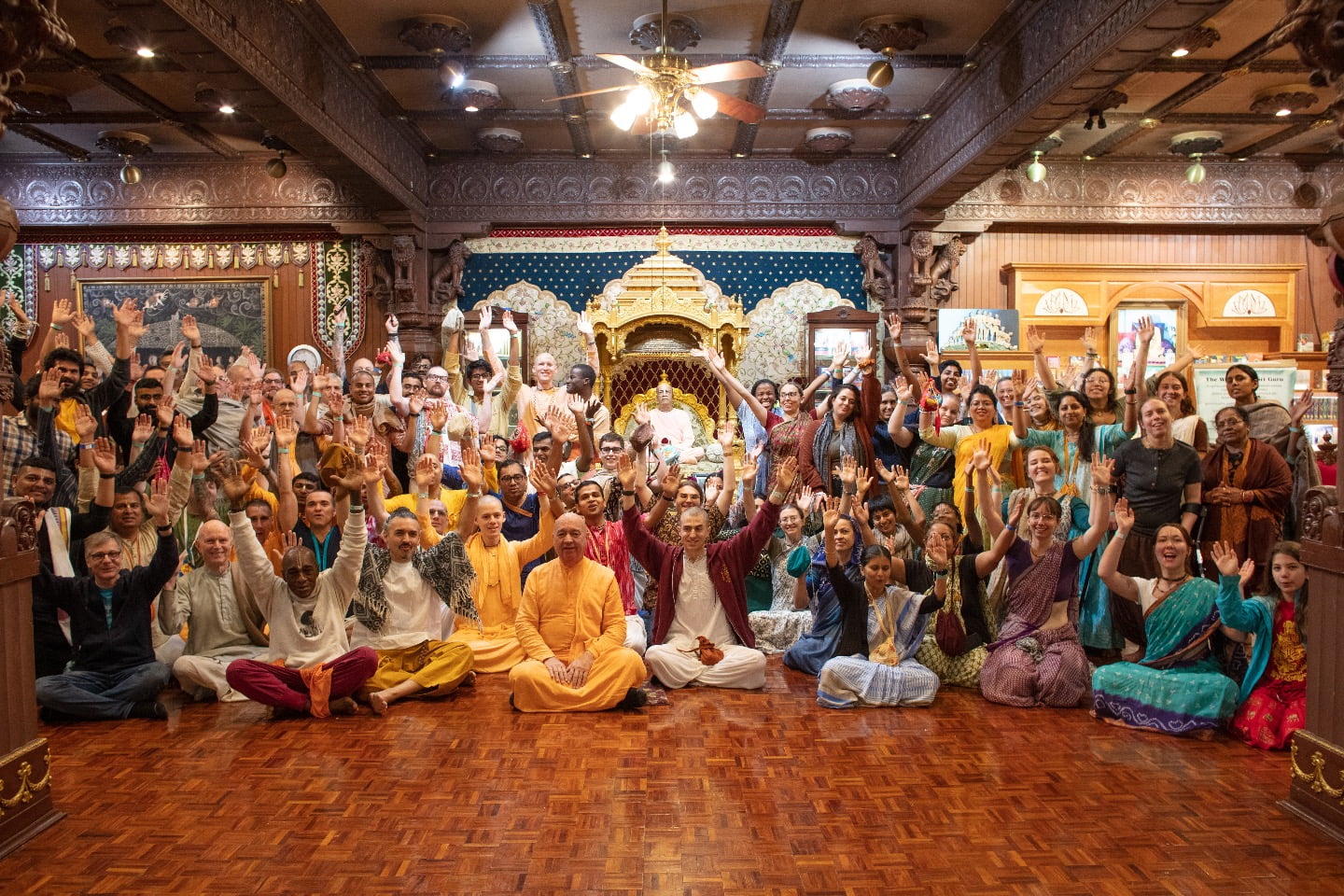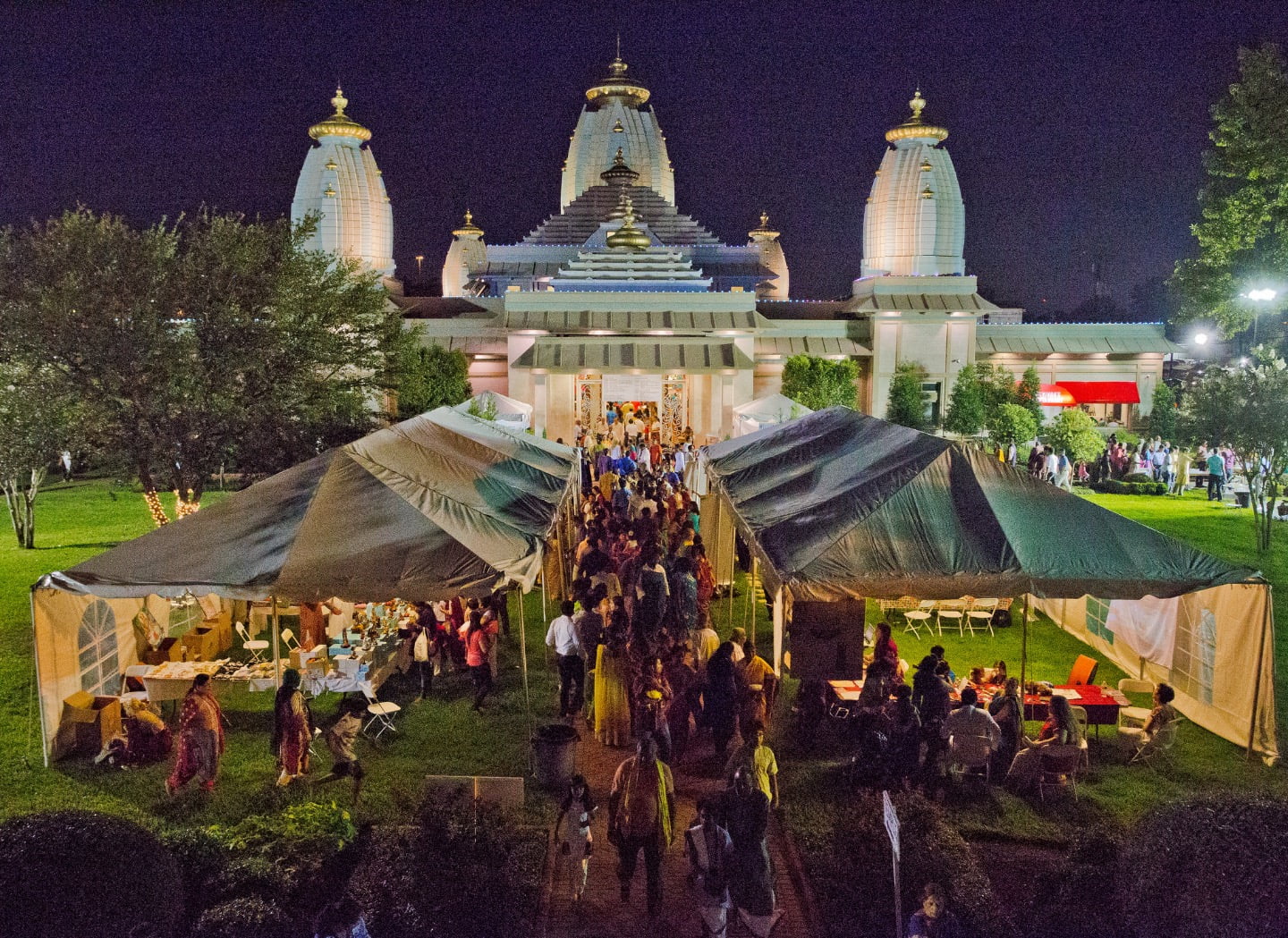Lessons from Slumdog Millionaire
By Sarva Dasa | Mar 21, 2009
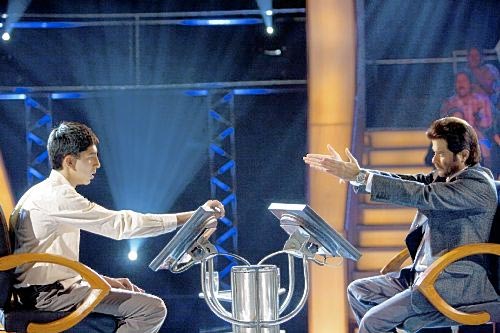
According to USA Today, “When Slumdog Millionaire swept the Oscars on Saturday night, its triumph provided as uplifting a story line as the movie itself. For such an unlikely film to win – independent, low budget, much of it in a foreign language – underscores an American strength that’s sometimes forgotten: the ability, as a nation of immigrants, to embrace and assimilate people from different cultures.”
The editorial continued: “Slumdog’s success is an acknowledgement that the movie industry and viewership are increasingly global… It’s particularly remarkable because Slumdog beat out Hollywood blockbuster The Curious Case of Benjamin Button, which had been tailor-made to win Oscar gold with safe-bet, all-American ingredients, from big budget and stares to technical wizardry to a plot by F. Scott Fitzgerald. Slumdog, by contrast, relied on unknown actors and delved into serious themes of poverty and globalism. It almost didn’t find a US distributor.”
Although the film shows a harsh side of India, one of poverty and corruption, it also shows the power of hope, and some of the color of India’s culture. Although some blog commenters have complained about the poverty of India, there’s more to India than that. Once, at the New Delhi airport, while waiting for my flight back to America I struck up a conversation with a well-dressed American man, who identified himself as a diplomat to India. I asked how he liked the experience and he said, “I’ve learned a lot of things I didn’t know. Did you know there are more millionaires in India than in America?” This surprised me to hear, and I’ve never confirmed that.
Danny Boyle, the award-winning director of Slumdog, spoke about expecting to feel sorry for the slumdwellers of Mumbai, but he reported that they felt sorry for him when they saw a sweaty European guy huffing and puffing and struggling with a camera in their humid, hot slums. Boyle said he didn’t see anyone feeling sorry for themselves; he saw them fighting for a better life like everyone else. Boyle spoke of an impressive “vibrancy” in the people. One lesson for us in America is that we might do well in the face of our own economic difficulties if we kept a positive fighting spirit.
Another thing not explored in depth in the film is the Indian people spirituality and faith in God, which gives them strength. One visitor to Calcutta once remarked, “Somehow, although there is so much chaos here, things work. This proves there must be a God!” Although most Indians are Hindu, over 12% are Muslim and there are a lot of Christians in South India, as well as non-violent Jain, Sikhs and Zoroastrians.
India is the world’s largest democracy, and although its estimated population of 1,147,995,900 [2008) is more than three times America’s, and its people reside in a land which is only about one third of the territory of America, somehow they are fighting and surviving, and in some cases, thriving. Impressive is how they make a lot with a little. Whereas Canada uses 26.5 bbls, barrels of oil per capita, and the US 24.8, India uses well under half of the oil that America does, at .8 bbl [2006].
In a tribute to the scripture the Bhagavad-gita, Thomas Merton said, “India is the world’s oldest surviving culture.” India’s continuity and strength lies in the fact that despite its many problems, contradictions and challenges, its culture is based on spiritual values. Unfortunately, those values are often ignored by foreigners and some of the people of India themselves who get diverted by material goals.





